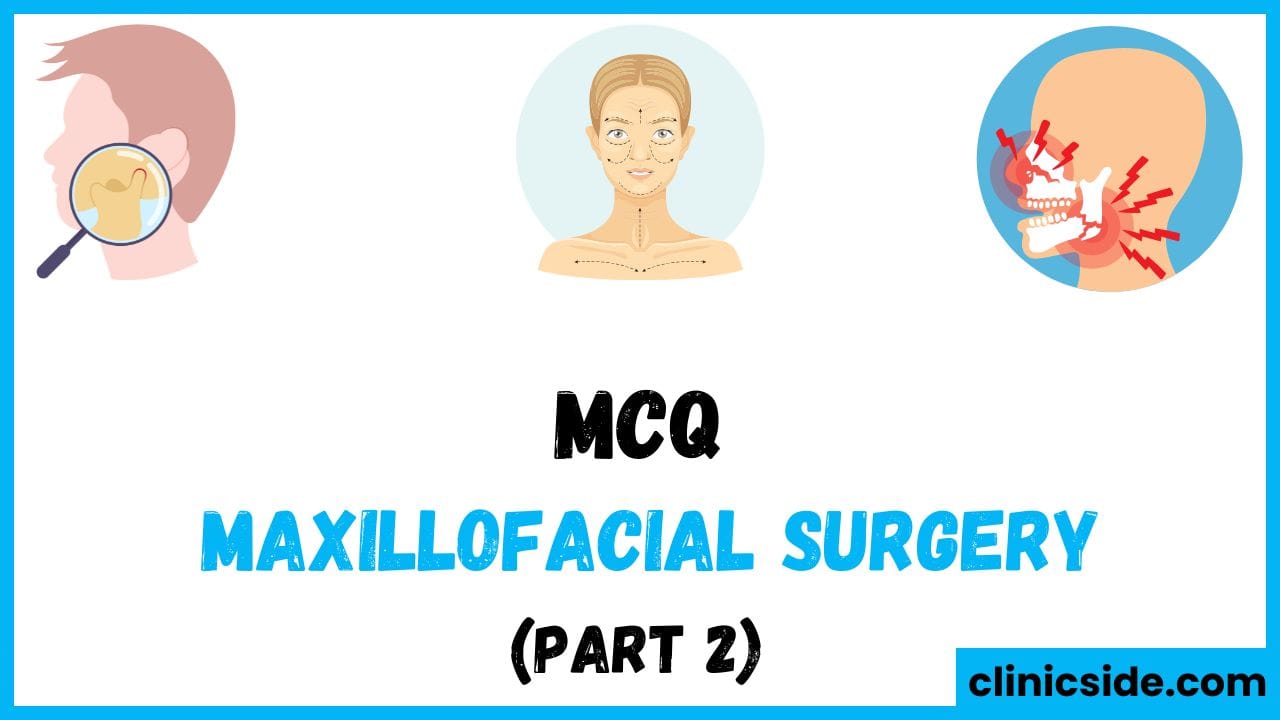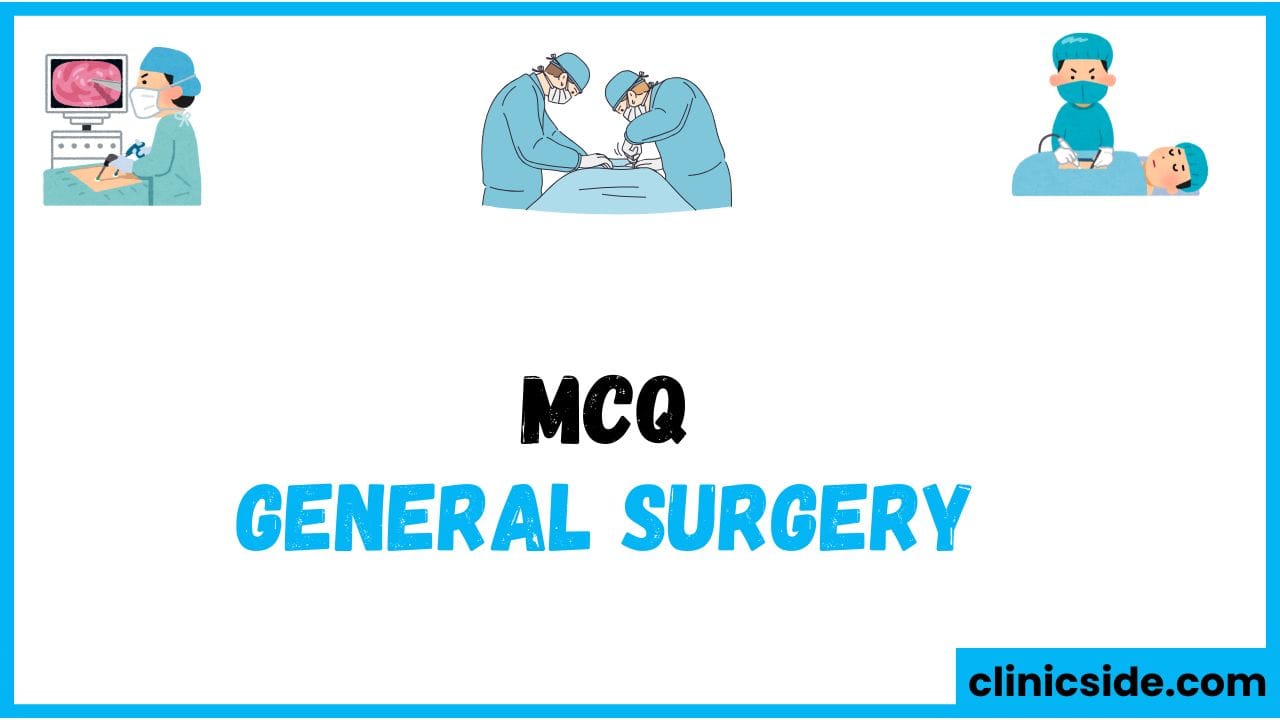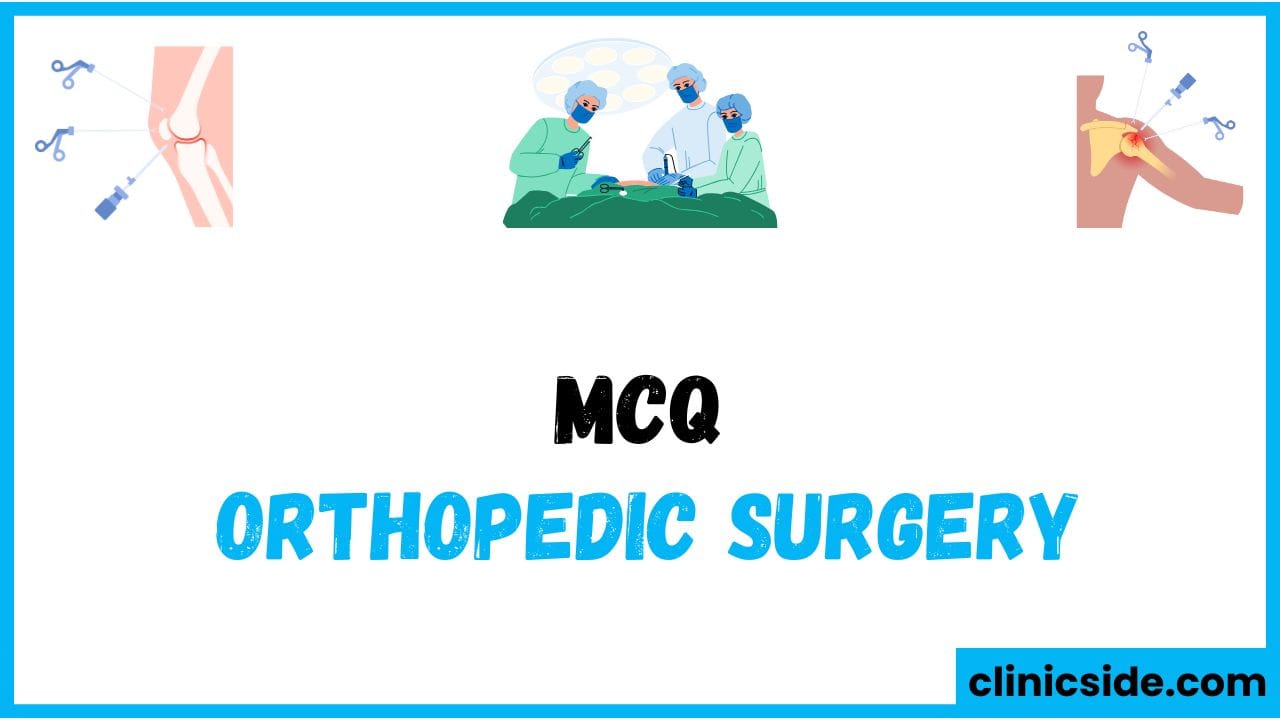Quiz
Available options: 1 to 20
Summary of MCQs on Maxillofacial Surgery
Main Indication for Orthognathic Surgery
The primary reason for performing orthognathic surgery is to correct malocclusion, which is the misalignment of the teeth and jaws. This type of surgery not only addresses functional issues like difficulty chewing and speaking but also enhances the aesthetic appearance of the face, improving overall facial harmony.
Most Common Graft in Mandibular Reconstruction
The most frequently used graft in mandibular reconstruction is the autogenous bone graft, which is taken from the patient’s own body, such as the hip, rib, or chin. This approach promotes better healing and reduces the chances of complications like graft rejection, making it a reliable option for rebuilding bone lost due to injury or surgery.
Possible Complications Following Maxillary Sinus Surgery
One of the most common complications after maxillary sinus surgery is the formation of an oroantral fistula—an abnormal passage connecting the mouth and sinus. This condition can lead to chronic issues like recurrent sinus infections and oral difficulties, requiring further intervention for proper management.
The Purpose of the Wassmund Technique
The Wassmund technique is primarily used for maxillary advancement in patients with skeletal deformities such as class III malocclusion. This surgical procedure helps reposition the upper jaw to improve both functional and aesthetic outcomes by correcting issues related to bite alignment and facial appearance.
Symptoms of Temporomandibular Joint (TMJ) Dislocation
A key clinical symptom of TMJ dislocation is the inability to close the mouth, often resulting from the displacement of the mandibular condyle. This condition can lead to pain, jaw muscle spasms, and difficulty with mouth movement, typically caused by trauma or extreme jaw movement.
Conditions That Prevent Dental Implantation
Osteoporosis is a significant contraindication for dental implants because it weakens the bone structure, making it unable to adequately support an implant. While other health factors such as uncontrolled diabetes or active infections can also hinder implant success, osteoporosis remains a critical factor to consider before proceeding with dental implants.
Common Location for Odontogenic Keratocyst
The mandibular ramus is the most frequent site for the development of an odontogenic keratocyst, a benign but aggressive cyst that arises from the tissues involved in tooth development. If left untreated, these cysts can cause significant bone damage and require surgical removal to prevent further complications.
Purpose of the Caldwell-Luc Procedure
The Caldwell-Luc procedure is a surgical technique used to drain the maxillary sinus in cases of chronic infection or to access the sinus for removing abnormal growths like cysts or tumors. The surgery involves creating an opening in the upper gum to provide direct access to the sinus cavity.
Goal of Distraction Osteogenesis
Distraction osteogenesis is a surgical method used to lengthen bones, commonly employed for treating congenital deformities, facial abnormalities, or limb length discrepancies. It involves gradually separating the bone to stimulate the formation of new bone in the gap, helping to restore both function and appearance.
Common Issues After Cleft Lip and Palate Repair
One of the most frequent complications after cleft palate repair is related to speech difficulties, caused by changes in the structure of the palate that affect speech development. Though other complications, such as malocclusion or oroantral fistulas, can occur, speech-related challenges are often the most difficult to manage post-surgery.





